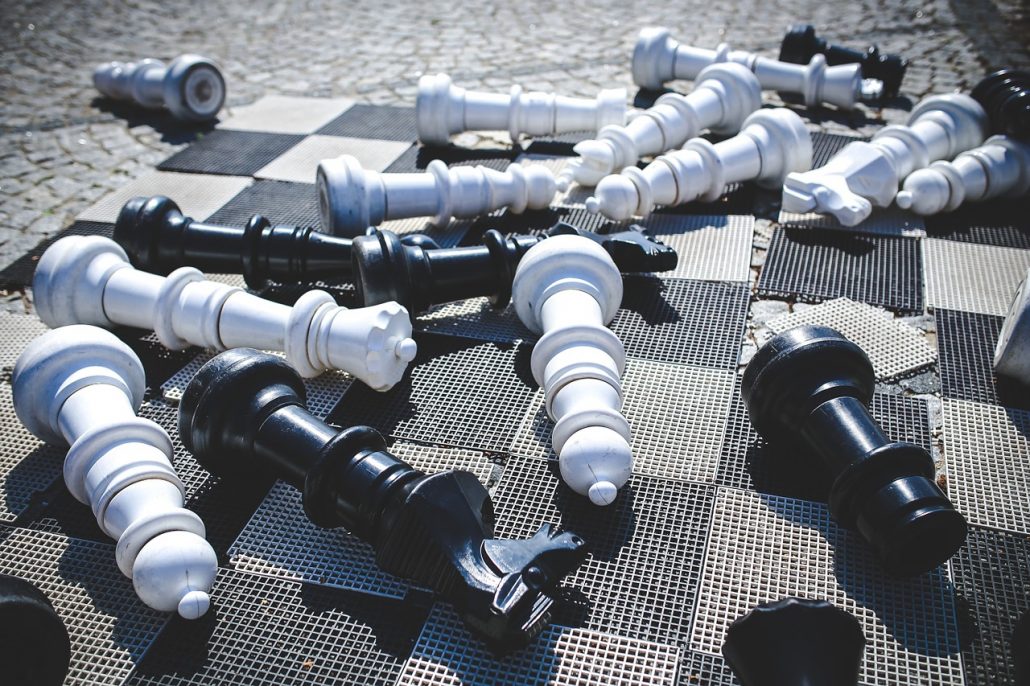Table of Contents
The accelerated Dragon Sicilian
The accelerated Dragon Sicilian is one of the most interesting approaches to the Sicilian defense there are. The thing is, although it's not really that popular as other variations, it has its charm for its flexibility.
Playing the accelerated Dragon Sicilian can lead to many different variations and transpositions, so it requires some knowledge. However, it has some important differences between the normal variations of the Sicilian defense.
This is a variation that is even more aggressive than the normal dragon and has more tricks to have your opponent fall into. However, it can also give us the position we are looking for, we can transpose and confuse our opponents with so many moves.
It can take us on different routes with a maroczy bind, and other lines. The accelerated dragon can also provide us with variations in which we gain the initiative quickly.
There are even some possibilities to have white enter a Benoni or English opening! If our opponent plays king’s pawn you will lead him into unknown terrain! It’s an art, and is definitely an opening for the most experienced!
If you want to master the accelerated dragon Sicilian defense keep reading this post!
The accelerated Dragon mainline
The accelerated dragon defense appears on the board after the following moves:
1.e4 c5 2.Nf3 Nc6 3.d4 cxd4 4.Nxd4 g6
White has four important options to play here, and two of them are “universal” setups that have different approaches. Two of them are the main lines of the accelerated Dragon Sicilian, let see these two first.
- Nc3 The mainline
- Be3 Starting the classical attack against the Sicilian, allows you to transpose to a Yugoslav attack of the normal dragon if you like.
Are the most common ideas.
- c4 takes the position into a Maroczy bind
- g3 It’s kind of a universal way to play the Sicilian, it’s an old line that has remained unused, but it doesn’t mean is not effective.
First, 5. Nc3, is the quietest and most flexible move and the mainline for this opening, the game can follow like this:
1.e4 c5 2.Nf3 Nc6 3.d4 cxd4 4.Nxd4 g6 5.Nc3 Bg7 6.Nb3 Nf6 7.Be2 O-O 8.O-O d6 9.Bg5 a6 10.a4 Be6 Which leave us an equal position.
And we have reached a position that is similar to a Najdorf variation but with a bishop developed on g7, the possibility of pushing d5, and zero weaknesses. Note that you can also transpose to the next variation with 5. Be3 from this position, instead of playing 6. Nb3.
Number two, the move Be3 can make the game follow like this:
1.e4 c5 2.Nf3 Nc6 3.d4 cxd4 4.Nxd4 g6 5.Be3 Bg7 6.Nc3 Nf6 7.Bc4 O-O 8.Bb3 d6 9.f3 Bd7 10.Qd2 Rc8 11.O-O-O Ne5
We reach a completely different position, with opposite castled kings, and this will be a flank battle.
See that white can also transpose to complete different positions by, for example, playing, 6. c4 instead of 6. Nc3.
We won’t spend much time explaining the two following variations because they are part of a whole different system of the Sicilian. We will simply give regular variations with the other two moves:
#1: 5. c4: 1.e4 c5 2.Nf3 Nc6 3.d4 cxd4 4.Nxd4 g6 5.c4 Nf6 6.Nc3 d6 7.Be2 Nxd4 8.Qxd4 Bg7 9.Be3 O-O 10.Qd2 Be6 11.Rc1 Qa5 12.f3 Rfc8 13.b3 a6. With the very typical and theoretical play of the Maroczy Bind.
#2: 5. g3: 1.e4 c5 2.Nf3 Nc6 3.d4 cxd4 4.Nxd4 g6 5.g3 Bg7 6.Ne2 Nf6 7.Bg2 O-O 8.O-O b5 9.Nbc3 Rb8 10.Nd5 d6 11.Bg5 Nd7. A complete different system, you will rarely encounter this.
Plans and Ideas of the accelerated Dragon

The accelerated dragon has the objective of getting active play in the queenside by seizing the c4 square. This is a key point of this opening, placing a knight there is always a good idea.
But, in general, the correct plan you should follow will depend on the position you get after following certain variations. But normally in most positions white plays in the kingside, while black plays in the queenside for advantage:
The accelerated Dragon for white

In the case of white, you can always try to get a structure of the English attack, by playing f3, Be3, Qd2, etc. This will lead you to an approach typical of the normal Sicilians you have surely played in the past.
You will focus your attack on the kingside, there are many ways to do it, but you should seize black’s structure and play for the pawn break on h5. Pushing the g-pawn and the h-pawn, or both at the same time is a good strategy to follow.
Another typical plan is to exchange black’s g7 bishop with Qd2 + Be3 and eventually bh6. In the accelerated Dragon Sicilian this is an important piece, you can really notice a difference when you play like this.
We recommend you don’t waste your time trying to avoid black from occupying the c4 square, he will do at some point. And, if you are playing castled on queenside you will not want to make b3.
The accelerated Dragon for black

This is the counterpart of what we have said, black should strive to play in the queenside. It’s important to clarify no matter if white castles queenside or kingside, in this opening, black play will be on the queenside in most cases.
As we have said, occupying the c4 square is good, but there are still other active options, like e5. This is a typical spot your knight will occupy, and this can be combined with the pressure on the c file by your rooks and queen.
You can also maneuver your knight from f6-d7-b6 to have an even more active play on the queenside. Your objective will be to create weaknesses while defending the attack on the kingside. In most cases, this is how you should play the accelerated Dragon Sicilian Defense.
You may also like:






